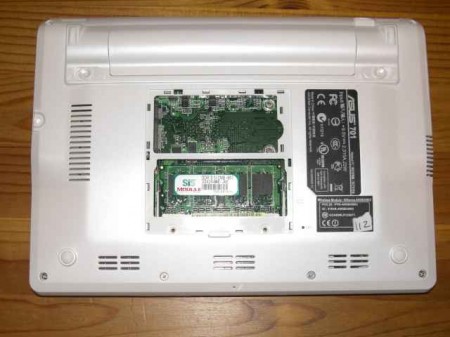first disappointments

The time has come for Asus to launch on the market the already desired apparatus. On the contrary, the company pushed the release date and increased the price of the device.
Asus will not release the 199-dollar model in the United States. The cheapest model will cost Americans $ 259. There is talk that the minimum model will get only for $ 300- $ 350. ( announced a fortnight ago). In Europe, the price is adjusted to 300? ($ 400)
Also incomprehensible situation with disk space. The http://unicap-imaging.org/unicap_eeepc.htm resource, which EeeRS was in the hands of, states that the disk is one (4GB) and the operating system takes most of it. The user is available 1.3 GB. The internal disk space is divided into 4 partitions: most of them will belong to Xandros OS (ext2fs), the second is left for user information (also ext2fs), a small FAT32 partition (8 MB) and an EFI partition (also 8 MB).
Disagreements also appeared on the boot time of the computer.
')
This video shows the download in 15 seconds (http://www.youtube.com/watch?v=2ZxQD8BWLnM):
the second shows 25 seconds (http://www.youtube.com/watch?v=b1cgwhVSgBU)
those who have seen apaarat alive declare that it loads in 26 seconds.
But there is good news . Contrary to rumors, the subnotebook's RAM can be expanded (up to 1GB):

on Xandros OS under VMWare can be viewed here (programmers will be particularly interested to see on quanta Plus text editor)
The volume of batteries became known - 5200 mAh and is able to provide 3-4 hours of battery life. It is estimated that 10 hours of battery life and 10GB of hard disk capacity will be available in the next generation model.
Source: https://habr.com/ru/post/14053/
All Articles